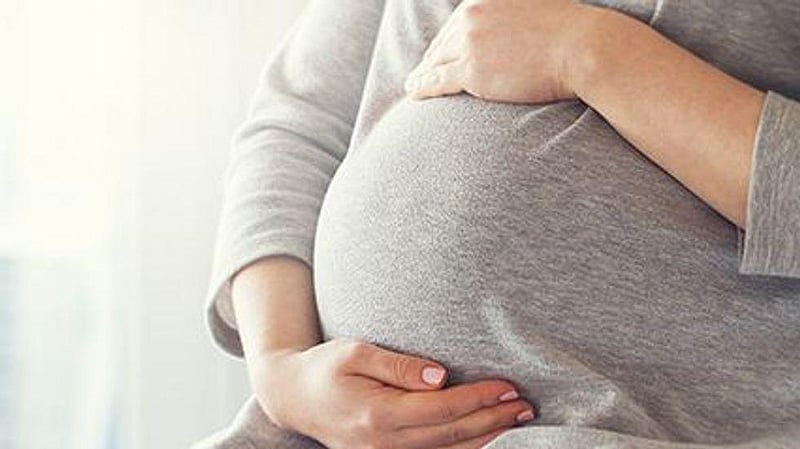Manténgase sano!

- By Robert Preidt HealthDay Reporter
- Posted May 10, 2022
Pregnant American Women Are Facing Higher Exposures to Chemicals
Exposure to potentially harmful chemicals is on the rise among pregnant women in the United States, a new study warns.
"This is the first time we've been able to measure the amounts of chemicals in such a large and diverse group of pregnant women - not just identify chemicals," senior study author Tracey Woodruff, director of the University of California, San Francisco Program on Reproductive Health and the Environment, said in a university news release.
For the study, Woodruff's team analyzed 12 years of urine samples from 171 women in California, Georgia, Illinois, New Hampshire, New York and Puerto Rico enrolled in the U.S. National Institutes of Health Environmental Influences on Child Health Outcomes program.
About one-third (34%) were white, 40% were Hispanic, 20% were Black, and the remaining 6% were from other or multiple groups.
The study authors checked the urine samples for 103 chemicals, mostly from pesticides, plastics and replacement chemicals for BPA and phthalates.
More than 80% of the chemicals were found in at least one of the women in the study and more than one-third were found in a majority of the women. Some of these chemicals were present in higher amounts than seen in earlier studies, the researchers reported.
Many of the chemicals that the women had been exposed to were new forms of chemicals that have been banned or phased out, but that may be just as harmful as the ones they replaced.
The researchers also found many of the women had been exposed to neonicotinoids, a kind of pesticide that is toxic to bees, according to the study published online May 10 in the journal Environmental Science & Technology.
Non-white women, those with lower levels of education, those who were single and those who had been exposed to tobacco had higher levels of overall chemical exposure, the findings showed.
Hispanics had especially high levels of parabens, which are used as preservatives, as well as phthalates and bisphenols, which are used in plastics.
"While pesticides and replacement chemicals were prevalent in all women, we were surprised to find that Latinas had substantially higher levels of parabens, phthalates and bisphenols," said study first author Jessie Buckley. She is an associate professor of environmental health and engineering and epidemiology at Johns Hopkins Bloomberg School of Public Health, in Baltimore.
"This could be the result of higher exposures to products with chemicals, such as processed foods or personal care products," Buckley suggested.
Exposure to chemicals can come from air, food, water, plastics and other industrial and consumer products. Although these chemicals can pose risks to pregnancy and child development, few are routinely monitored in people, the study authors noted.
More information
The U.S. Office on Women's Health offers pregnancy health and safety tips.
SOURCE: University of California, San Francisco, news release, May 10, 2022
